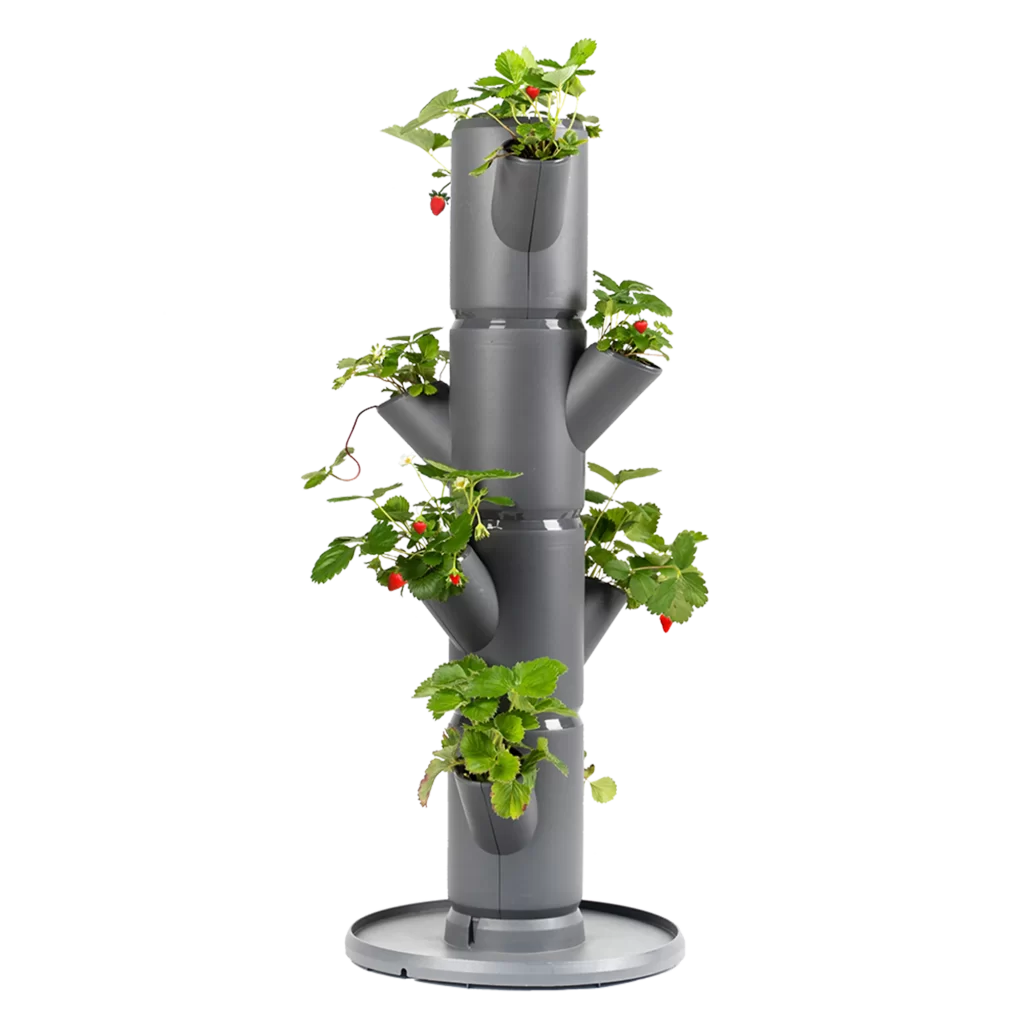Vertical Garden
Designed for efficient plant cultivation on balconies, patios, or gardens, optimizing space and enhancing accessibility for urban gardening.
Key Features:
- Space Optimization: Vertical gardening maximizes space by growing plants upwards, allowing for more plants in a smaller area.
- Accessibility: Vertical gardens are designed for urban gardening, making it easier for people to grow their own plants in small spaces.
- Efficient Cultivation: Vertical gardening systems are designed for efficient plant cultivation, providing optimal growing conditions for plants.
- Variety of Plants: Many types of plants can be grown vertically, including vining plants, succulents, and herbs.
- Maintenance: Vertical gardens can be easier to maintain, with less need for weeding, pruning, and other tasks.
Benefits:
- Increased Yield: Vertical gardens can increase the yield of plants by providing more space for growth.
- Improved Air Quality: Vertical gardens can improve air quality by purifying the air and providing oxygen.
- Aesthetic Appeal: Vertical gardens can add aesthetic appeal to a space, providing a beautiful and unique display of plants.
- Reduced Water Usage: Vertical gardens can reduce water usage by using a hydroponic system or other water-efficient methods.
- Increased Accessibility: Vertical gardens can increase accessibility for people with mobility issues, allowing them to grow their own plants without needing to bend or kneel.
Conclusion:
Vertical gardening is a great way to optimize space and enhance accessibility for urban gardening. By growing plants upwards, you can increase the yield of your plants, improve air quality, and add aesthetic appeal to your space.




